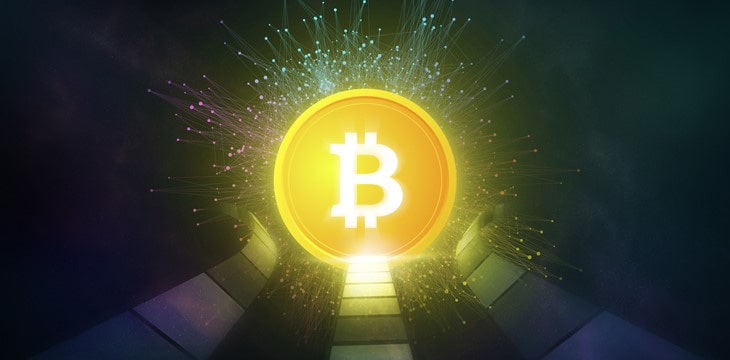
|
Getting your Trinity Audio player ready... |
This spring marks the first time that Bitcoin (BSV) and its closely associated forks, the BCH and BTC, will enter the bitcoin halving period together. Beyond the obvious implications, this is significant because transaction processors can switch between the network chains based upon the profitability of each at any given time. Based on the date and time when each network halves, we might see a brief period of hash rate chaos where pools switching back and forth between competing chains to get as much profit as possible.
After the block reward subsidy is reduced across all three blockchains, some industry experts warn that the ecosystem may no longer be profitable enough to sustain the current hash rate we see across the three big networks. We may already see signs of this before the bitcoin halving as network hash rate started decreasing shortly after the 50% drop in coin price during the coronavirus sell off. Reports out of China say some processors have already shut off rigs because it is no longer profitable to run them.
This current dip in hash rate may be temporary since historically once the market rebounds, the hash rate resumes growing. If this downward spiral in profitability continues or is exacerbated by Bitcoin halving, the total amount of computing power on the combined Bitcoin networks will certainly decrease long-term.
How will processors remain profitable when faced with this new reality where the block subsidy reward is decreased by 50%? Many will phase out older-generation mining rigs such as the popular and widely adopted Antminer S9, which is already operating at a loss. The net gain from shutting down a large number of older rigs will be short-lived.
Using advanced AI algorithms to switch transaction processing between networks rapidly will give larger miners a steadier stream of earnings. Even this solution has a limited shelf life since the lack of utility on the forked chains will lead to their eventual decline. Last month’s sudden BTC market sell-off only reinforces the danger of depending solely on coin trading and market forces to drive earnings.
The many ways in which transaction processors can profit from Bitcoin are practically limitless if they return to Satoshi Nakamoto’s original economical design. Securing the network and processing massive transaction volumes with diverse data usage will eventually generate earning for processors through transaction fees that exceed what a fixed block subsidy can offer. Helping to onboard and support enterprise corporations and government organizations to the blockchain will guarantee long-term sustainability.
This path is the real dividing line between long-term profits and eventual failure. The forked chains (BCH & BTC), either through contempt or ineptitude, have deviated from Satoshi’s vision. Only Bitcoin (BSV) offers digital currency transaction processors the growing ecosystem and protocol necessary to continue prospering long-term. Once we get beyond the bitcoin halving, the transaction processors who remain will start to shift permanently over to the only blockchain network capable of supporting their business. Those that do not will struggle or most likely not stay around until the next halving in 2024.
Recommended for you
Lorem ipsum odor amet, consectetuer adipiscing elit. Elit torquent maximus natoque viverra cursus maximus felis. Auctor commodo aliquet himenaeos fermentum
Lorem ipsum odor amet, consectetuer adipiscing elit. Accumsan mi at at semper libero pretium justo. Dictum parturient conubia turpis interdum

 11-22-2024
11-22-2024


